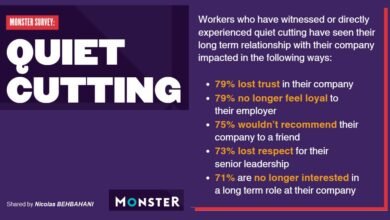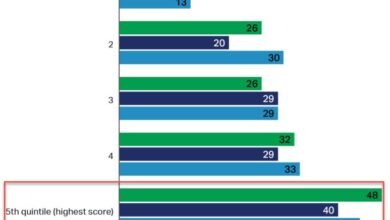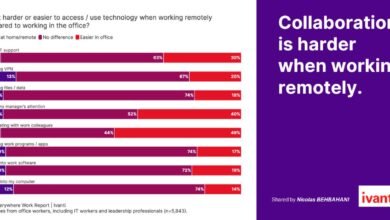
By | Devin Caldwell
Hiring new employees is only the beginning of a long process. The onboarding process needs to take advantage of a new hire’s early excitement and motivation. Focusing on keeping employees engaged and keeping track of wins helps aid the entire process.
Why it’s Important to Track Progress
It takes about a month to get each new employee onboarded in such a way as to help them feel fully oriented. It can also take three to six months to allow new hires master their new position. Measuring progress helps both you and your new employees understand where they are and it keeps them motivated along the way.
Keep the following information in mind as you build out your tracking program:
- Almost 70% of employees stay with companies for at least three years after going through an excellent onboarding experience.
- Almost 20% turnover occurs within the first 45 days on the job.
- Top companies achieve turnover rates of less than 10%
- New employees often feel out of touch with the nature of their work, work environment and company culture. A tracking and onboarding plan must help in these areas.
Create the First Month’s Follow-up System
Using some form of follow-up system helps employees take breaks from day-to-day activities and respond well during their downtimes.
- Week 1: Send a company policy checklist email
- Week 3: Assess their company knowledge using a survey
- Week 4: Track knowledge of company processes via quizzing
- Month 1: Conduct a 30-day check-in meeting (and continue these check-ins on an ongoing basis)
Set up an Expectations/Performance Timeline
It’s a good idea to track performance and progress by breaking the process down into different 30-day increments. This allows your employees to focus attention on learning skills that help performance with specific tasks.
- 30 days: Begin the “ramp up” process for your new hires
- 60 days: Hand over larger responsibilities while collaborating closely
- 90 days: Take the training wheels off. Allow employees to accomplish more important tasks as they take on more responsibilities
- 90 days and beyond: Schedule in 30-day check-ins to continue assessing progress. These check-ins need to find out whether there are any disconnects between expectations, skills and overall performance
Use SMART Goals
The SMART goals technique is useful when measuring performance:
- Specific
- Measurable
- Attainable
- Relevant
- Time-bound
The SMART method helps performance tracking reports remain focused on accountability. It also helps assess whether expectations have been met. Performance meetings should assess company communication efforts and any possible feelings of dissatisfaction or gaps in expected progress:
- Is the work what the employee expected?
- Does the new hire understand his or her role adequately?
- Is the employee comfortable around co-workers?
- What ideas does the employee have that might help improve performance?
- Do any issues with co-workers exist that must be addressed?
- Is the employee fitting in well?
- What feedback does the employee have about the overall onboarding and tracking process?
- Does the employee have any constructive feedback regarding your relationship with him or her?
Provide Tangible Opportunities to Contribute
New employees want to feel strong in their attempts to contribute to the company immediately. Provide a presentation that focuses on:
- The company
- The business unit
- Company communication methods
- The team’s goals and mission
This gives context to new hires about how their performance links to the success of the business.
Give new employees small projects that are tracked as they start and complete a goal. Decrease the possibility of roadblocks by setting up clear parameters. This allows each new hire to assimilate themselves into the company culture as they learn.
Use Technology to Track Employee Performance & Engagement
The following apps or software programs will help in your goal for monitoring employee progress:
- DeskTime
- Asana
- Harvest
- Basecamp
- 15Five
- iDoneThis
- TinyPulse
- Trello
- Google Streak
- Assembla
- Salesforce
- SnapEngage
- Pipedrive
- WorkiQ
- Todoist
Use the above tips and tools to better track how well each new hire does in terms of performance, as well as how they’re feeling about the overall process. Doing so will help decrease turnover and increase company profit.






